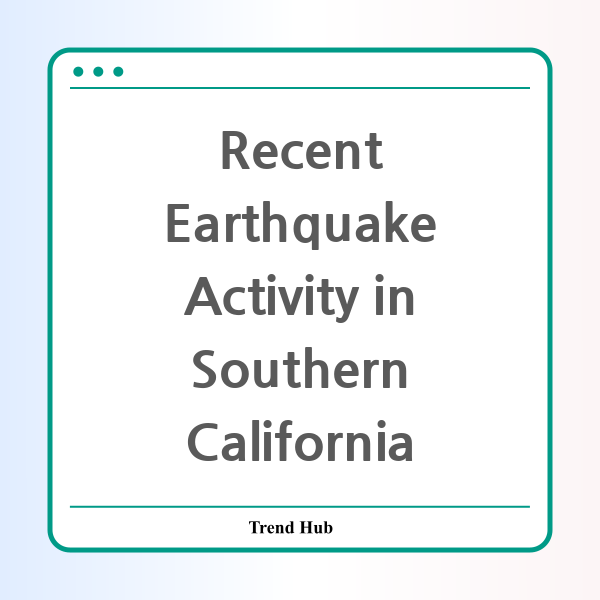* This website participates in the Amazon Affiliate Program and earns from qualifying purchases.

Have you ever wondered what happens when an earthquake strikes? Recently, Southern California was rattled by a series of earthquakes that remind us of the power of nature and the importance of preparedness.
On February 10, 2023, two minor earthquakes struck near San Bernardino, California, just minutes apart, sending shock waves across the region. The first earthquake, measuring at a magnitude of 3.5, occurred at 9:44 a.m. about three miles northeast of San Bernardino. This was promptly followed by a second earthquake measuring 3.0 at 9:48 a.m. Both quakes had shallow depths—4.6 and 4.53 miles respectively—which contributed to the extent of the tremors felt.
Residents in nearby cities such as Fontana, Redlands, Highland, and even as far as Los Angeles reported feeling light shaking from these seismic events. While these magnitudes are relatively low and typically cause minimal to no damage, they serve as a crucial reminder of California’s vulnerability to seismic activity.
It is essential to understand the nuances of measuring earthquake strength. Scientists prefer the Moment Magnitude scale over the older Richter scale, as it provides a more accurate measurement of an earthquake’s size and energy release. This is particularly important for public safety and preparedness, as it helps to assess the potential impacts of earthquakes more effectively.
Despite the light shaking and the alarm it may have caused in the community, there have been no reports of injuries or significant damage from these recent earthquakes. This can provide a sigh of relief for residents, but it is also a call to action to stay informed and prepared.
In the aftermath of the quakes, it’s a good opportunity for residents to refresh their emergency plans. Here are some essential tips for earthquake preparedness:
- Secure heavy furniture and appliances to the walls to prevent tipping.
- Keep emergency supplies, including water, non-perishable food, and a flashlight, accessible.
- Create an emergency communication plan with family and friends in case you become separated.
- Practice “Drop, Cover, and Hold On” drills with your family to instill quick reflexes during an earthquake.
With California's location on the Pacific Ring of Fire, the risk of earthquakes is a constant reality. The recent events serve as a potent reminder to remain vigilant and prepared. As we continue to monitor developments in seismic activity, staying educated and ready can significantly reduce risks and ensure safety for both individuals and communities.
For additional information on how to prepare for earthquakes and stay updated on seismic activities, consider following local news and geological surveys. Remember, knowledge is power when it comes to natural disasters.
* This website participates in the Amazon Affiliate Program and earns from qualifying purchases.